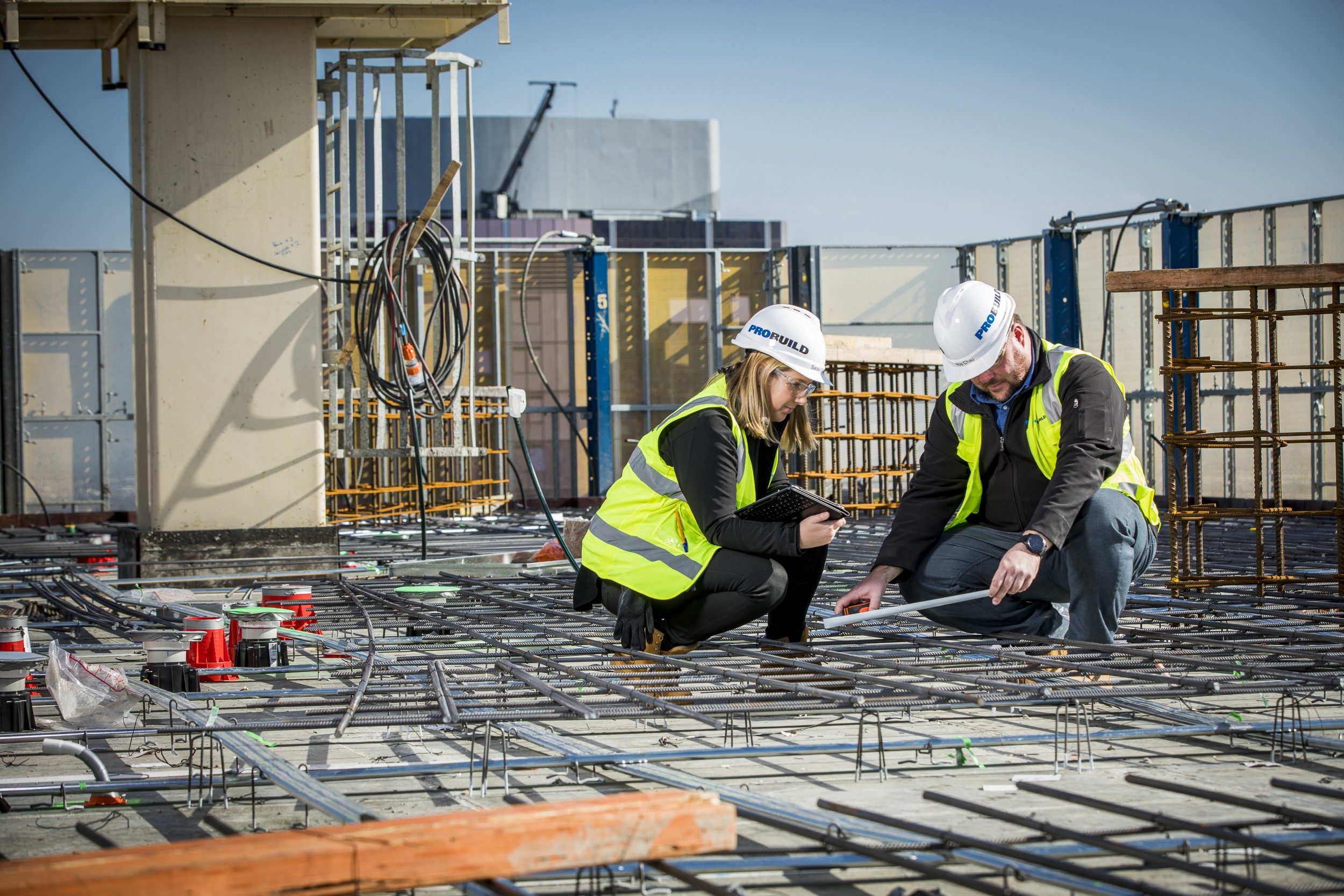Foundation on expansive soil Texas is the state where one would most likely wish for a foundation on an expansive soil base. For years, homeowners in the Dallas-Fort Worth Metroplex had to deal with drainage problems that resulted from clay-rich soil that rose above their retaining walls. In some areas of the Metroplex, impervious clay soil drainage was a significant problem. The problem was not getting drainage away from the foundation onto the home’s interior.
The first step to solving drainage problems is proper soil stabilization. The second step is to determine the base that will support a foundation on the soil. A professional soil engineer in Texas can help in this regard. Finally, a soil analysis will determine if the area has ample base compaction or lacking.
A soil analysis will also determine if you have a sound drainage system. Your first step should be to have a soil compaction study done to determine if your area has adequate soil compaction and to identify the soil pockets that have the potential of developing into flood zones. The next step in this process should be to create a soil management plan. It is vital to work with your soil engineer to develop a plan that will stabilize your soil and include the drainage system that you need to prevent water from flooding the interior of your home.
A soil analysis will identify pockets that will probably need the most work to stabilize. Peats that may develop into areas of concern are those that lack proper drainage or have high experience levels of organic material. Most often, when these pockets are filled, or the soil is tilled, a layer of compacted soil is left behind. This compacted soil contains a lot of water, which can increase the risk of flooding your home.
If your soil analysis indicates that your soil has some of these pockets, you may want to contact a soil scientist who can perform soil compaction testing. The test can determine if there is room for expansion. If not, then you need to determine how to manage the compaction. For example, many soil scientists suggest compacting or draining your soil to improve the soil’s ability to hold in the water that it needs to keep it balanced. Other methods of soil compaction control include:
- Sub-slab compaction: This type of soil compaction occurs when materials underneath the surface move slowly. For example, when materials are placed in one of two buckets, the materials will settle in the second bucket over time. This type of soil analysis will help identify areas of concern.
- Lateral movement: Similar to sub-slab, the movement level in lateral compaction indicates other issues, such as fractures or voids in the soil.
- Out-of-bedding: When materials are inserted into bedding, this typically results in the top layer sinking.
These soil analysis reports can be used as a basis for constructing a soil management plan for your ranch or farm. For example, suppose the report indicates that your soil has significant compaction or needs drainage. In that case, you may want to consult with a land professional about what options, such as subsurface drain tiles or the use of a specialized weed barrier, you have to solve your problems. Additionally, suppose your soil analysis indicates that the foundation of your house may need to be dug more profound than previously thought. In that case, a foundation contractor can excavate and place a new foundation to rest on the expanded area. Groundwork experts in Texas often serve as foundation contractors as well.
You should contact a soil analysis company if you have any questions about the foundation on expansive soil Texas, your property’s soil compaction, or drainage. There, expert consultants can provide you with an honest assessment of your soil’s current condition and discuss the many solutions that can help improve the situation. Most importantly, soil professionals can make suggestions for improving the health of your existing soils, such as the elimination of compaction, as well as suggesting solutions for limiting future soil erosion, loss of water and nutrients, and structural support. By working with an experienced soil professional, you can ensure that your farm or ranch has a well-balanced resource of both water and nutrients.




